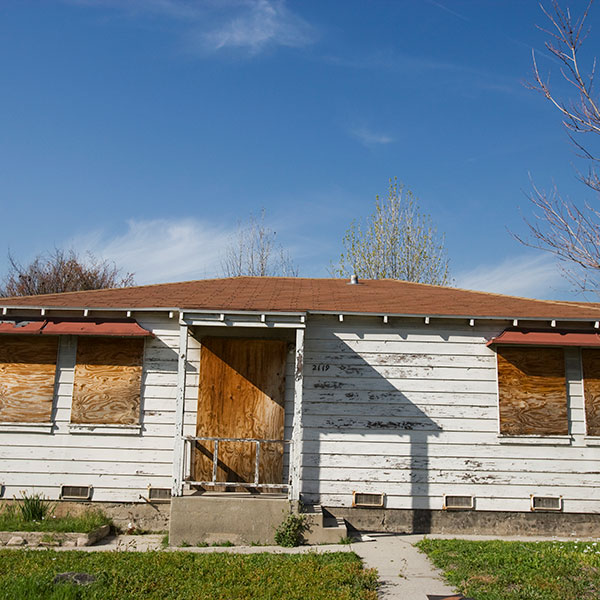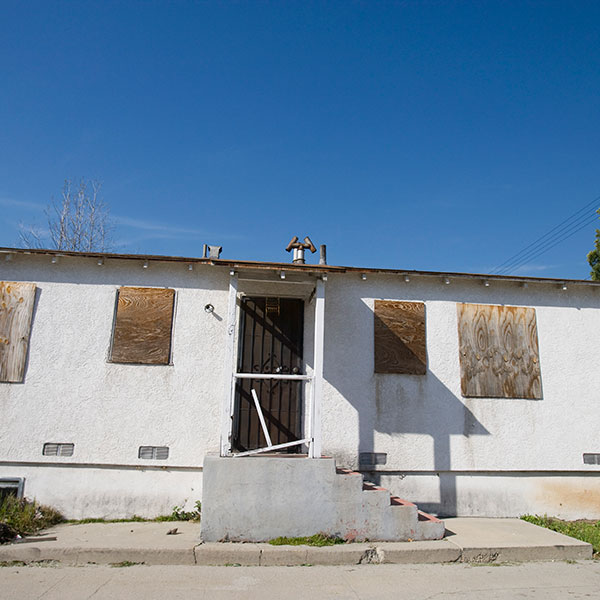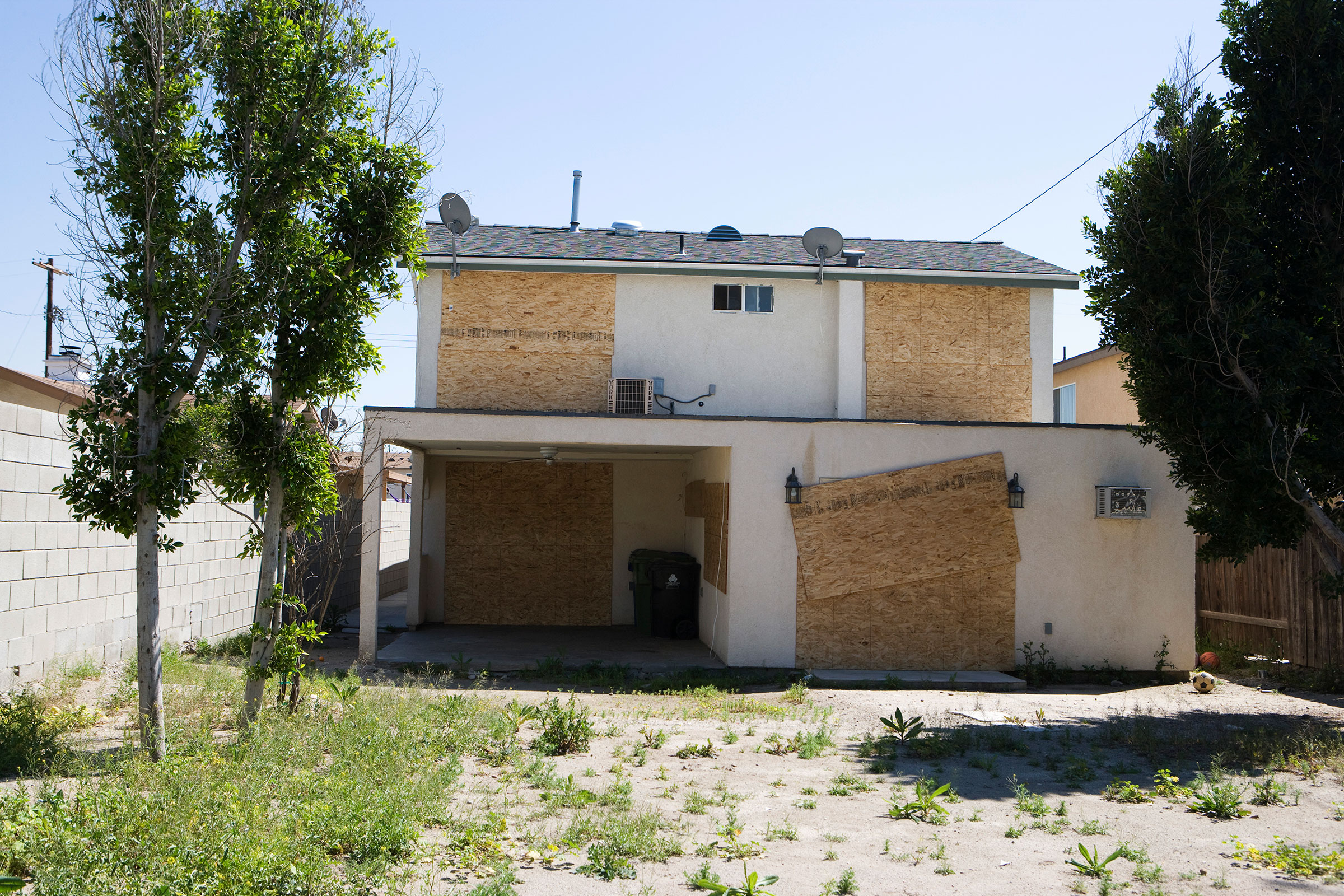Asbestos has been around for a very long time. In the 1800s it began to find its way into most buildings, homes, and even some products. Why was it so popular? Well, this natural mineral is extremely heat resistant and versatile, lending itself to a wide variety of applications. Due to its toxicity and health risks, massive pushes to ban asbestos were made by many countries. Unfortunately, the United States is not one of them. The Occupational Safety and Health Administration (OSHA) and the Environmental Protection Agency (EPA) didn’t come along until the 1970s, and even still, they are only here to limit exposure. Managing asbestos in your home or building takes the right information.
It may come as a surprise to some, but asbestos hasn’t really gone anywhere, at least not here in the United States. While great strides have been made to reduce exposure to these harmful fibers, asbestos is still commonly found in a lot of products, including insulation.
Why Was and Is Asbestos Used?
As we mentioned, asbestos found its calling during the 1800s and didn’t run out of steam until the 1970s. While it is an extremely dangerous and toxic mineral, on the surface, it was the perfect solution.
Asbestos fibers are flexible and hold up really well against many common construction hurdles. Asbestos is resistant to heat, electricity, chemicals, and corrosion. It’s no wonder this mineral found its way into insulation, shingles, joints, siding, tiling, piping, and adhesives.
While asbestos isn’t banned here in the U.S., many asbestos-containing products have been discontinued. Products such as vinyl asbestos tiles, asbestos roofing felt, asbestos cement, sealants, adhesives, and coatings are no more. In their place came a wide variety of substitutes.
- Polyurethane foam
- Thermoset plastic flour
- Cellulose fiber
- Amorphous silica fabric
We can find many of these alternatives in insulation, textiles, adhesives, and roofing.
Why Is Asbestos So Dangerous?

So, you know that asbestos is dangerous…but do you know why? Well, according to the Minnesota Department of Health, asbestos can break down into microscopic fibers that can’t be seen by the naked eye. These fibers can become airborne and end up deep inside the lungs tissue, causing severe damage and disease. Individuals can contract asbestosis, a disease where asbestos fiber scar the lung tissue. Mesothelioma is a cancer of the lung cavity that can be caused by these fibers.
While there are many different types of asbestos, such as:
- Chrysotile – the most common form of asbestos used in roofs, ceilings, walls, and floors
- Amosite – was used in pipe insulation, ceiling tiles, insulating boards, and cement sheets
- Crocidolite – helped insulate steam engines
- Anthophyllite – was used in only a few construction materials and insulation products
The final two, tremolite and actinolite, are not commercially used. You can find these forms in chrysotile, vermiculite, and talc.
Not only is asbestos invisible, but you cannot taste or feel it either. It’s nearly impossible to identify until its too late. Asbestos has a reputation for posing serious health risks, and symptoms don’t show for decades. In fact, the latency period for asbestos is around 10-40 years.
Where Can Asbestos Be Found?
Unfortunately, asbestos is still in homes and buildings around the United States. While there was a big push to limit asbestos use and exposure throughout the last 50 years, the widespread use up to that point was simply too much. Asbestos fibers become an issue when asbestos-related materials get disturbed, causing fibers to become airborne. Workers that may handle asbestos-related materials are most susceptible to asbestos-related diseases. Renovators, construction workers, contractors, and demolition workers are at the highest risk because they may be the ones disturbing the asbestos-containing materials.
The push to ban asbestos did create some progress, but it didn’t get rid of the problem entirely.
While you can find asbestos in both consumer products and automotive parts, we’re going to focus on building materials. According to the CDC, construction was responsible for roughly 80% of asbestos consumption during the 20th century. Not all homes or buildings present a risk, though. Homes and buildings that were built between 1930-1970 have the greatest likelihood of containing asbestos-related materials. So, where are these harmful materials found?
- Adhesives
- Caulk
- Cement pipe
- Ceiling tiles
- Insulation
- Joint compound
- Roofing shingles
- Siding
- Tiling
- Vinyl floor tiles
While this toxic material can find its way into many areas of homes and buildings, these are the most common places asbestos can be found.
How To Manage Asbestos

If you think that your home or building may have asbestos, there are certainly some steps you can take to manage the issue. If the asbestos material is in good condition, we don’t recommend you do anything that could potentially disturb it. There’s no danger until the material becomes disturbed and airborne. However, it’s good to make a note of any materials that do contain asbestos so that you can keep an eye on them. Check these materials regularly to see if there is any damage or wear. Any tearing or openings present a significant risk as they may release asbestos fibers.
If you do notice damaged materials, the United States Consumer Product Safety Commission recommends that you limit exposure to that area and restrain from handling it. Any time that asbestos-containing materials are extremely damaged or a renovation is needed, a professional should be brought in. If you’re not sure whether or not a material contains asbestos, have it sampled by a professional.
If you do have asbestos-related material that needs to be managed, there are essentially avenues. You can either cover/seal off the materials or you can have it removed. These are two different beasts. Keep in mind; trained asbestos professionals should perform these processes.
Seal/Cover
Sealing refers to binding the asbestos fibers together. This typically works best for pipes, boiler, and furnace insulation. Covering typically means that something is placed over the material to prevent fibers from escaping. These processes are usually more affordable than removal.
Removal
This process is far more expensive and is even riskier than covering or sealing off asbestos materials. However, some remodeling or renovations may require removal because disturbing the area is inevitable. Asbestos removal requires specialized training.
Who To Call
As we’ve mentioned, dealing with asbestos requires training and intense care. Even the identification of asbestos requires courses and accreditation. We provide training to contractors and supervisors that work with asbestos-related materials, so we know what goes into managing asbestos.
- Hire an accredited inspector
- Hire a corrective-action contractor
- Do your due diligence and get a written work plan with regulations that the contractor must follow
- Make sure that the contractors seal off work area
- Make certain that the area is effectively cleaned and air monitored for asbestos particles
Do You Work With Asbestos-Containing Materials?
Many workers in the construction and renovating arena handle dangerous materials that may contain asbestos. If you or your workers conduct tasks where these materials are, they must undergo some training. Below is a list of all of the training programs we provide.
Asbestos Operations and Maintenance
Asbestos Contractor/Supervisor
Custodial and Maintenance Workers (Awareness Course)
Keep your workers, residents, and building occupants safe by managing asbestos properly. If you have any questions or concerns regarding an asbestos training program or certificate, feel free to contact us.


